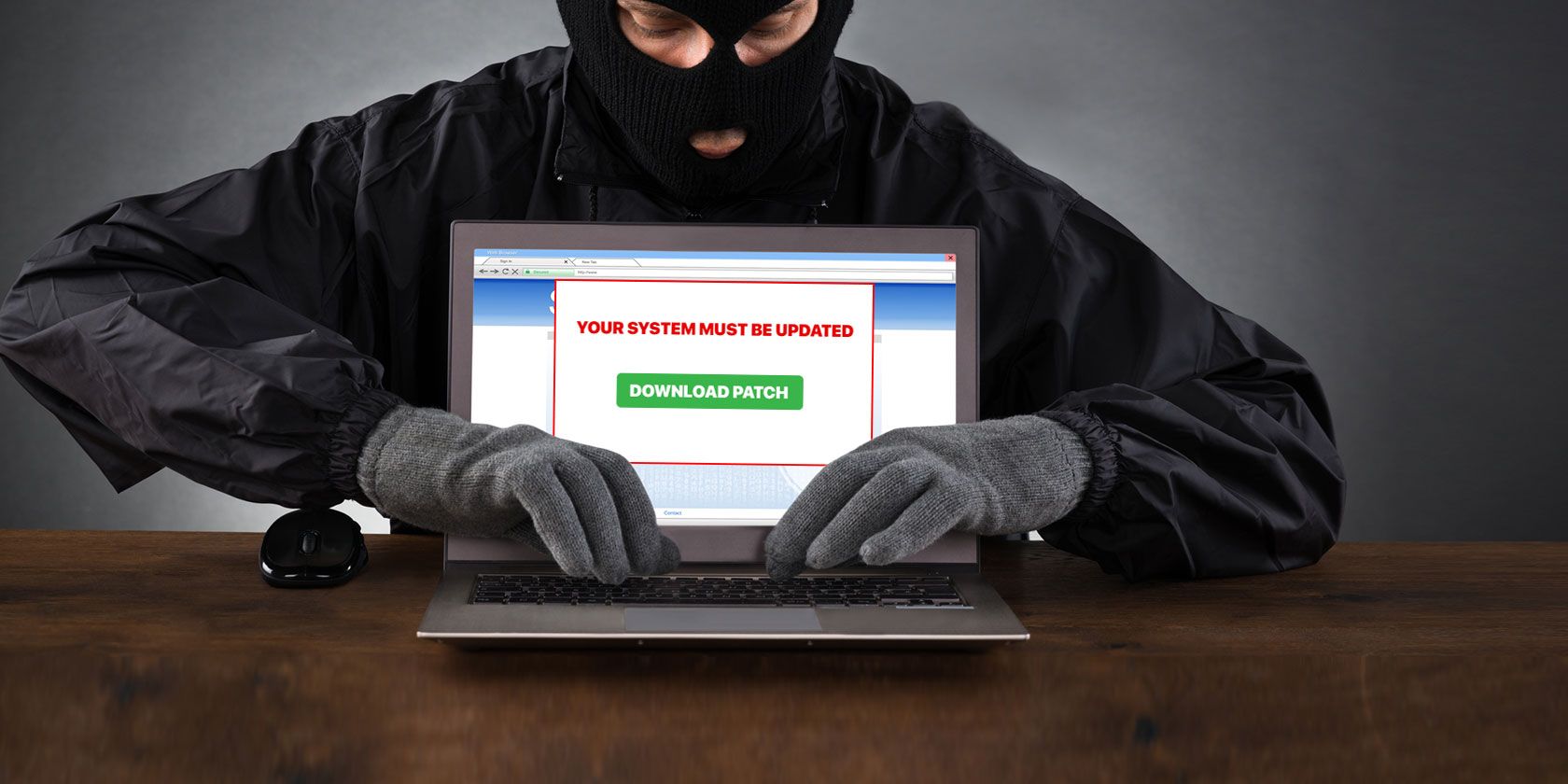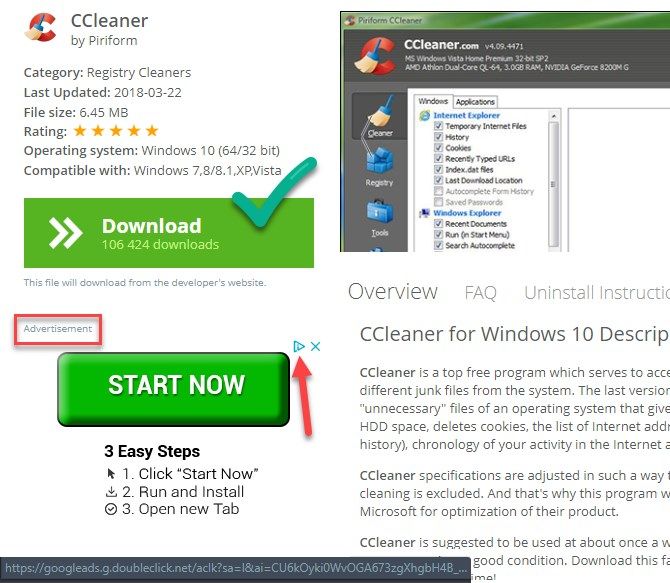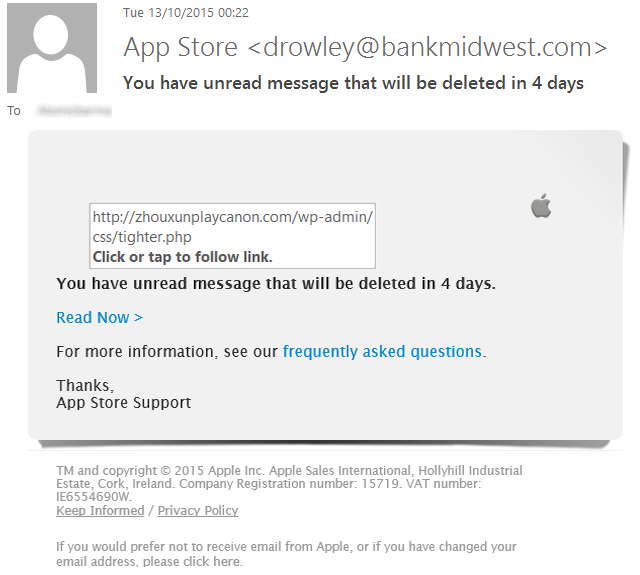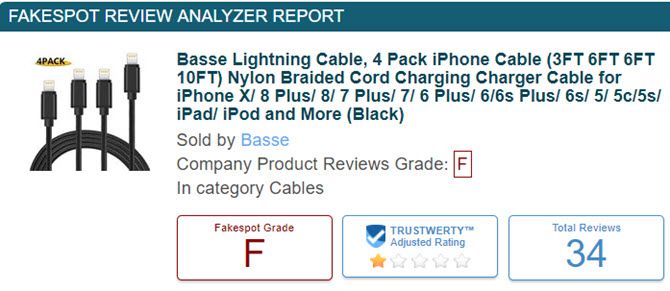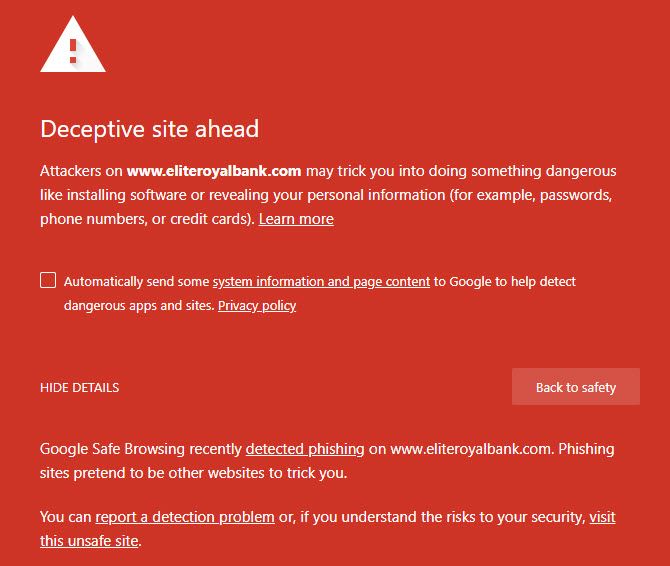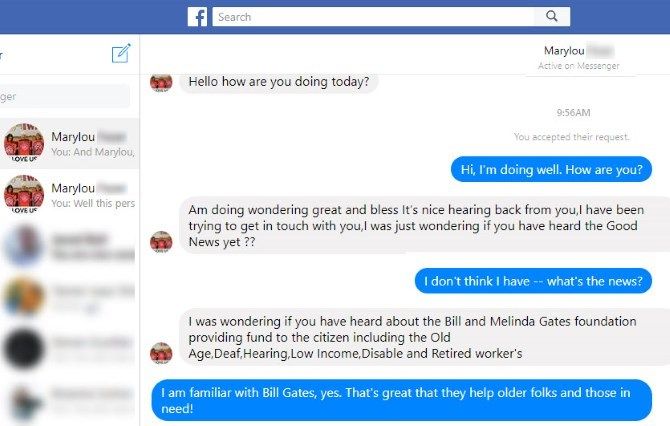Anyone who's used the internet (hopefully) knows that you can't trust everything you see online. Just because something looks trustworthy doesn't mean that it's exactly what it claims.
But knowing there are fakes in the wild and being able to spot them are different.
Knowing how to spot counterfeit content online is a vital skill to avoid wasting time, losing money, or destroying your property. Here are seven commonly faked elements online and some advice for identifying them.
1. Download Buttons
Fake download links appear all over the web through Google's AdSense ads because scammers constantly slip them through. Even worse, they often appear on pages where you're looking for a legitimate download.
Click the wrong one, and you'll end up downloading useless or dangerous software. Thankfully, there are a few easy ways to tell if you're looking at a fake download button.
If you see Advertisement printed near a download button, it's not real. Another telltale sign is the blue triangle AdChoices logo in the corner of the ad. If you click and drag a download button and the image moves with your mouse cursor, it's an ad.
Finally, you can mouse over a link to see where it points to. In most browsers, you'll see the destination in the bottom-left corner of your browser. A legitimate download link will have the name of the software and/or website that you're downloading in it. If the link starts with googleads or similar, it's an ad.
You can greatly decrease your chances of clicking a fake download button by sticking to trusted websites for downloading software.
2. Emails
Obvious spam emails are easy to spot. But what about phishing emails that want to steal your personal information or trick you into downloading malware? Often, these look like real emails from your friends or trusted entities like your bank.
Keep a few principles in mind when determining if an email is real or not.
First, check the sender. While it's possible to spoof a message and make it look like it's coming from a trusted email address, usually fake emails come from a phony address. If you've seen official messages come from an @paypal.com address and this one comes from @paypalservicealerts.com, something is up. This also applies to emails that appear to come from your contacts.
You should also consider the content of a message to see if it's fake. Legitimate companies do not ask for your credit card, social security number, password, or other sensitive information over email. Phishing emails are often designed to scare you into clicking quickly, like the App Store phishing scam that sends a bogus receipt for an outrageously expensive subscription.
Like checking download buttons, you can also hover over a link in an email to see where it leads. An official email should lead to an official site. If you see a strange website name, don't click the link.
In general, if you receive an email you're not sure about, go directly to the website and check. If PayPal needs you to verify something, you'll see it when you log in.
3. Update Notifications
Some apps update automatically, but others prompt you to apply updates manually. Because you probably aren't expecting to see these, ads disguised as update prompts are a popular fake. This has happened recently with a variety of fake sites offering "urgent updates" for Firefox.
If you see a popup or notification anywhere online telling you to install a "recommended" update for Java, Flash, or other plugins, don't click it. Programs don't use random pop-ups from a website to tell you about updates. Prompts that appear to update software when you first boot your computer are almost always safe, unless you have adware installed.
Like phishing emails, you should always open the software in question when in doubt and check for updates manually. Nearly all apps have their own update checker under Help > Check for Updates or similar.
4. Reviews
Reviews are an important part of the web; reading someone else's experience can help you decide whether to use a product. Unsurprisingly, these are often faked to artificially inflate an item's reputation. Thus, you shouldn't blindly trust reviews you see on Amazon and other shopping sites.
With a bit of practice, you can spot obviously fake reviews by checking for overuse of keywords, unnatural language, and vague praise. You can cut through the fakes much more efficiently using a tool like FakeSpot, which analyzes a product's reviews to see how many of them are bogus.
On a similar note, keep an eye out for completely phony reviews (as in nobody actually used the product at all) on shady sites. Often you'll see comments of praise or five stars with no context or names listed. This is usually a sign that you're on a junk website.
5. Websites
Phony websites are often linked to the fake emails discussed above. If scammers can get you to click a link in an email or follow an ad, they might lead to a counterfeit website disguised as something you trust.
The most important way to avoid falling victim to fake websites is checking the URL. While scammers can create convincing fakes of a website's appearance, they can't use the real URL. Fake websites often have one or more of the following telltale signs in their URLs:
- Lots of dashes (best-online-deals-everyday.com)
- Using numbers or symbols in place of letters (paypa1.com, 0nlinebonk.com)
- Unusual domain extensions, like .biz.
- Domain trickery. Always remember that the last string of characters before the extension (.com) is the true name of the site. A counterfeiter could set up paypal.fakesite.com and banking.fakesite.com---both are part of the fake site.
Also, if you see poor English grammar across a website, it's probably bogus. Fake sites are often produced in areas where English is not the primary language; legitimate companies take care to avoid careless mistakes on their sites.
Take a look at the contact and copyright information at the bottom of the page too. If you don't see any clear ways to get hold of the company, spot typos in the copyright statement, or the copyright is years old, it's likely fake.
6. People
This probably won't surprise you, but not everybody is as they appear online. The "perfect guy" you met on a dating website could be a total loser. Or someone claiming to be a representative from a government agency could be a scammer from another country.
On social media sites, especially Facebook, beware of people creating fake profiles using your real friends' information. Scammers regularly steal someone's profile picture and make a new account with their name. Then, they'll message the person's friends asking for money or providing links to scam sites.
To prevent this, always message your friend through a trusted method (like calling) if you receive a strange message from them. If you see a friend request from someone and swear you're already friends with them, it's likely a faker.
Otherwise, use your best judgment when dealing with potentially phony people online. Don't believe everything people say without critically considering it. Usually, five minutes of investigation can uncover if someone is really who they claim.
7. Pictures
Thanks to Photoshop and people's willingness to share anything, hoax images have been popular for quite some time. With more powerful image editing tools available today, it can be difficult to tell if something is real or manipulated.
Often, images of text spread around social media, claiming old myths like Facebook is going to start charging money. Unless you're a Photoshop expert or the image has an obvious blunder, you won't be able to detect manipulation on your own. Try using a tool like FotoForensics to analyze an image for you.
Reverse searching images on Google is a good way to find out more about them too. If you search for an image and it brings up tons of articles about a hoax, you know it's not real. Our tips on avoiding fake news during a crisis will help here.
Avoiding Online Fakes and Scams
Now you know seven of the most commonly fabricated types on content online. It can be difficult to distinguish genuine websites, emails, and photos from cleverly disguised fakes. But using these tips, you'll be able to see through the lies more easily. The rest will come with experience.
Above all, remember that you should be skeptical of everything you see online. For more on staying safe, check out the easiest ways to never get a virus.
Image Credit: AndreyPopov/Depositphotos

